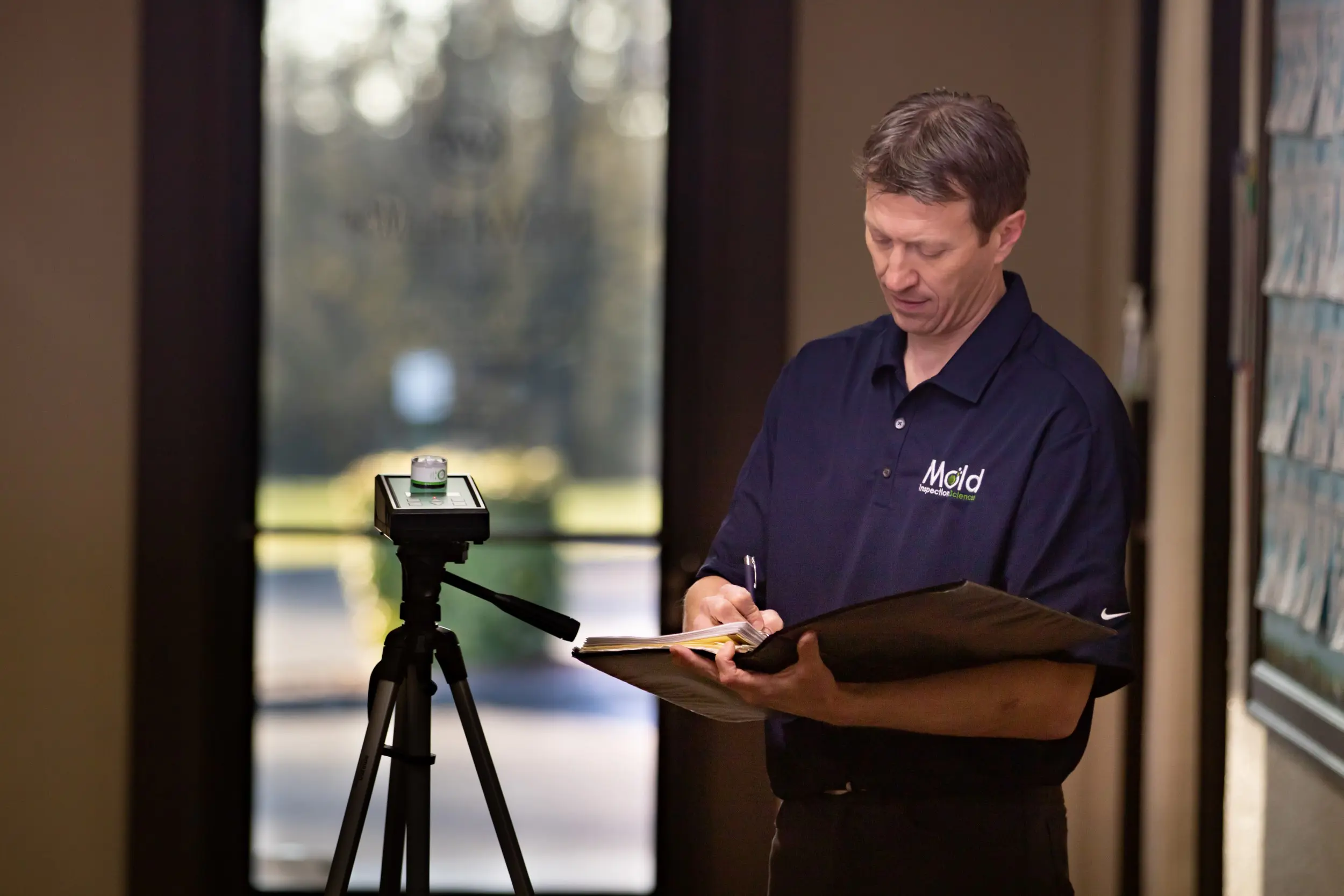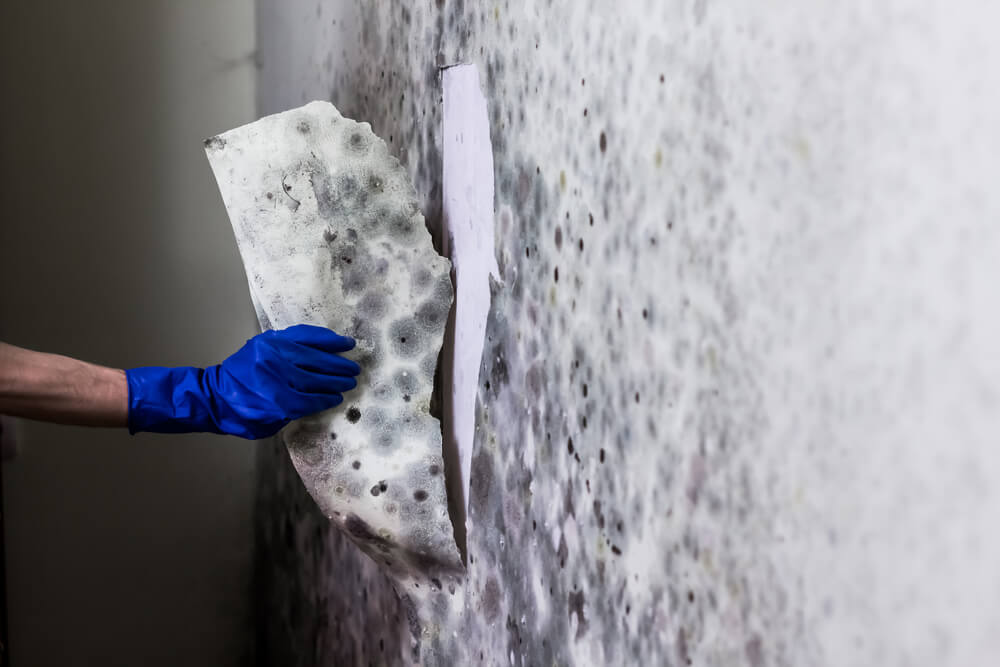Key Steps for Successful Message Mold And Mildew Removal
Effectively finishing mold and mildew remediation is a multifaceted process that needs interest to information and adherence to certain procedures. These steps not just validate the success of the remediation initiatives but likewise add to avoiding future mold and mildew growth.
Examination of Treated Areas
Upon completion of the mold and mildew removal process, a comprehensive examination of the treated locations is essential to make certain the effectiveness of the removal initiatives. This evaluation works as an important step in the post-remediation stage to confirm that the mold removal and cleaning procedures succeeded in getting rid of the mold problem and restoring a risk-free interior environment. The assessment should be performed by qualified professionals that have the know-how to analyze the remediated areas diligently.
These include aesthetic evaluations to examine for any indications of mold development or water damages, moisture levels to verify that the location is completely dry and cost-free of excess humidity that could promote mold and mildew re-growth, and air top quality testing to guarantee that the indoor air is secure to take a breath. Additionally, the inspection might entail making use of specialized devices such as moisture meters and thermal imaging video cameras to find surprise mold or dampness pockets that could lead to future mold and mildew problems if left untreated.

Wetness Control Procedures
Efficient wetness control procedures are crucial for protecting against mold and mildew growth and keeping a healthy indoor environment. Furthermore, utilizing dehumidifiers in damp areas can help minimize moisture degrees, making it harder for mold and mildew to thrive.
On a regular basis keeping the structure and evaluating's exterior can also avoid dampness intrusion. what to do after mold remediation. Guaranteeing that seamless gutters are clear, downspouts straight water away from the structure, and the roofing is in great condition can assist avoid water from seeping right into the building. Properly securing doors and home windows can also aid keep dampness out
Any type of spills or leakages ought to be cleaned and dried out within 24-48 hours to stop mold development. By carrying out these dampness control steps, the danger of mold and mildew repeating can be dramatically decreased, producing a much healthier interior setting.
Proper Ventilation Assessment
An important element of guaranteeing a healthy interior atmosphere post mold and mildew remediation is conducting a detailed analysis of the air flow system. Correct ventilation assessment plays a crucial duty in stopping future mold development and preserving air quality within the affected room.
In addition, analyzing the air flow system includes checking out the circulation of air throughout the location to identify any kind of locations of poor flow where dampness and pollutants can build up. Appropriate air flow not only assists in regulating humidity degrees yet likewise aids in eliminating air-borne mold spores and other contaminants, therefore improving general interior air top quality. By addressing any type of air flow issues publish mold and mildew remediation, home proprietors can create a healthier and a lot more comfortable environment for owners while decreasing the danger of mold and mildew re-infestation.
Cleaning and Sanitation Protocols
To ensure detailed mold and mildew remediation, precise adherence to certain cleansing and sanitation protocols is crucial. Cleaning up and sanitation methods play a crucial role in the post-mold removal phase to protect against the recurrence of mold and mildew development and make sure a healthy and risk-free setting. The initial step in this process is the removal of any type of visible mold and mildew growth utilizing suitable cleansing representatives and techniques. It is important to use EPA-approved fungicides and disinfectants to properly eliminate mold and mildew spores and prevent their regrowth.
After the first cleaning, thorough why not try these out sanitation of the impacted areas is needed to kill any remaining mold and mildew spores and inhibit their spreading. This step is crucial in protecting against the spread of mold to other parts of the home. Additionally, carrying out preventive actions such as applying mold and mildew inhibitors and keeping proper air flow can help lessen the danger of future mold and mildew infestations. By adhering to stringent cleansing and disinfection protocols, homeowner can make sure the successful obliteration of mold and mildew and create a healthy interior atmosphere for occupants.
Surveillance and Maintenance Strategy
Carrying out a routine monitoring and maintenance plan is crucial for making certain the long-lasting efficiency of mold removal initiatives. Once mold and mildew remediation is finished, it is important to establish a tracking schedule to review the success of the removal procedure. This includes routinely checking the formerly affected locations for any indications of mold reappearance or water damage. By conducting routine checks, any brand-new mold development can be immediately determined and resolved, avoiding a reoccurrence of the initial problem.
Furthermore, establishing an upkeep plan is crucial to stop future mold problems. This strategy may include activities such as dealing with plumbing leaks, enhancing air flow, and regulating interior moisture levels. Regular upkeep not only aids in avoiding mold and mildew however additionally contributes to keeping a healthy interior environment. It is suggested to document all surveillance and maintenance tasks to track progression and make sure consistency in the maintenance of the remediated areas. By applying an extensive monitoring and upkeep plan, the danger of mold re-emergence can be dramatically minimized, promoting a secure and tidy living or workplace.
Final Thought
In find here conclusion, successful message mold and mildew removal entails thorough evaluation of treated locations, execution of dampness control measures, assessment of proper ventilation, adherence to cleansing and sanitation procedures, and facility of a surveillance and upkeep plan. These crucial steps are necessary to guarantee that mold development is properly gotten rid of and stopped from repeating in the future. By following these standards, property proprietors can keep a healthy and secure atmosphere for occupants.
Upon conclusion of the mold and mildew remediation process, an extensive evaluation of the treated locations is imperative to make certain the performance of the remediation efforts. These consist of visual assessments to check for any signs of mold development or water damages, dampness levels to verify that the area is cost-free and completely dry of excess moisture that might advertise mold re-growth, and air quality screening to make sure that the indoor air is secure to take a breath. Furthermore, the examination might involve utilizing specialized tools such as dampness meters and thermal imaging electronic cameras to spot covert mold or dampness pockets that might lead to future mold a knockout post and mildew troubles if left uncontrolled. By resolving any ventilation concerns upload mold and mildew remediation, residential or commercial property owners can develop a much healthier and a lot more comfortable atmosphere for residents while decreasing the risk of mold and mildew re-infestation.
